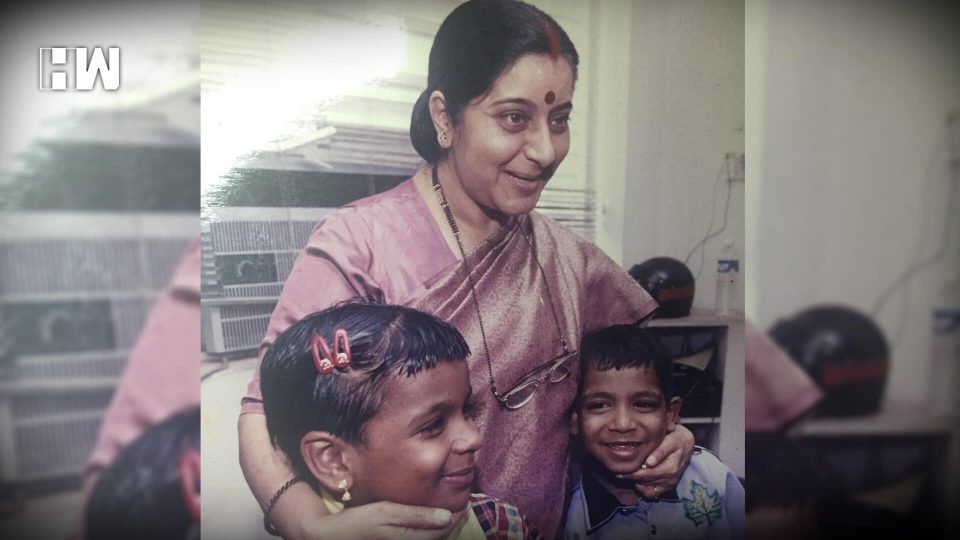Before Sushma Swaraj got famous as the Minister of External Affairs and got entitled as ‘just a tweet away’, few are aware that Sushma Swaraj was a highly commended Health Minister too.
In her long political life, an excerpt of her successful career which has touched the lives of millions of people:
It is 2001, and all is not well in Kerala. India was the country with the largest HIV population in the world at that time.
The first case of HIV was detected in Chennai in 1986. There was a great amount of denial to the initial news of the infection, but very soon the reality about the epidemic became serious.
By the year 2001, the AIDS population got to 6.1 million. However, there was no cure in sight.
There was available only one lifelong medical course that worked- the ART Therapy.
ART called anti-retro viral therapy (ART) – which is a cocktail of 3 or more drugs. They were immensely expensive medicines, and to make matters worse, were not available in India.
There were a lot of reasons as to why these medicines were not available in India. This country had a huge population, to say the least.
It is diverse, with most of the people still illiterate. The drugs are complex, requiring continued compliance and better diagnostic facilities. Our healthcare system was not efficient and delivering the programme was not a piece of cake.
The medicine must be taken every day lifelong- without missing doses. If doses are missed, then the HIV virus becomes resistant to existing drugs, which is a whole other problem.
Sushma Swaraj: the Health Minister India needed
Then BJP leader Sushma Swaraj was appointed as the Union Health Minister in 2003, under then Prime Minister Atal Bihari Vajpayee.
There was a lengthy file about ART sitting on her desk. WHO had advised her not to sign, giving a warning that it will not be easy to implement it.
AIDS was widespread in Bellary too, and their women were suffering. Sushma Swaraj carried a door-to-door campaign against Congress leader Sonia Gandhi in 1999. The infected women and women’s network used to tell her – we will vote for you if you give us ART.
It happened so that Sushma Swaraj visited Kollam in November 30th 2003.
A grandfather, Geevarghese Johny, broke through the security and presented his two grandkids before Swaraj and demanded, “When are we going to get the life-saving drugs?”.
Shocked by the sudden confrontation, Ms Swaraj hugged the children, her eyes going moist.
The next day was 1st December – World AIDS Day and we saw the picture of Sushma with the kids on front pages of newspapers. The children, Bensy and Benson Chandy, would later be known for the famous photograph.

If you do not think that is a big deal, a gentle reminder: AIDS was considered as a social taboo, to such an extent that the people would not even ready to even touch the patients.
“Society must learn that Aids is not spread by touching and hugging,” she had said.
Fighting the disease was only a part of the twins’ struggles. They were not accepted at any school. They were granted a special tutor after their grandfather carried out some intense lobbying.
One year later, Sushma Swaraj defied all odds when she signed the file. A promise that she had made in Bellary in 1999.
It is still one of the largest and best implemented public health programs in the world.
As an independent media platform, we do not take advertisements from governments and corporate houses. It is you, our readers, who have supported us on our journey to do honest and unbiased journalism. Please contribute, so that we can continue to do the same in future.

